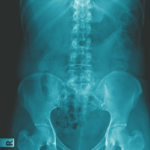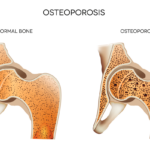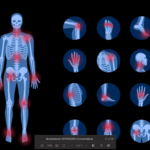SAN DIEGO—During ACR Convergence 2023 on Nov. 11, the ACR honored a group of individuals who have made significant contributions to rheumatology research, education and patient care by announcing the recipients of the ACR’s 2023 Awards of Distinction, as well as the 2023 ACR Masters who were recognized for their contributions to the field.









